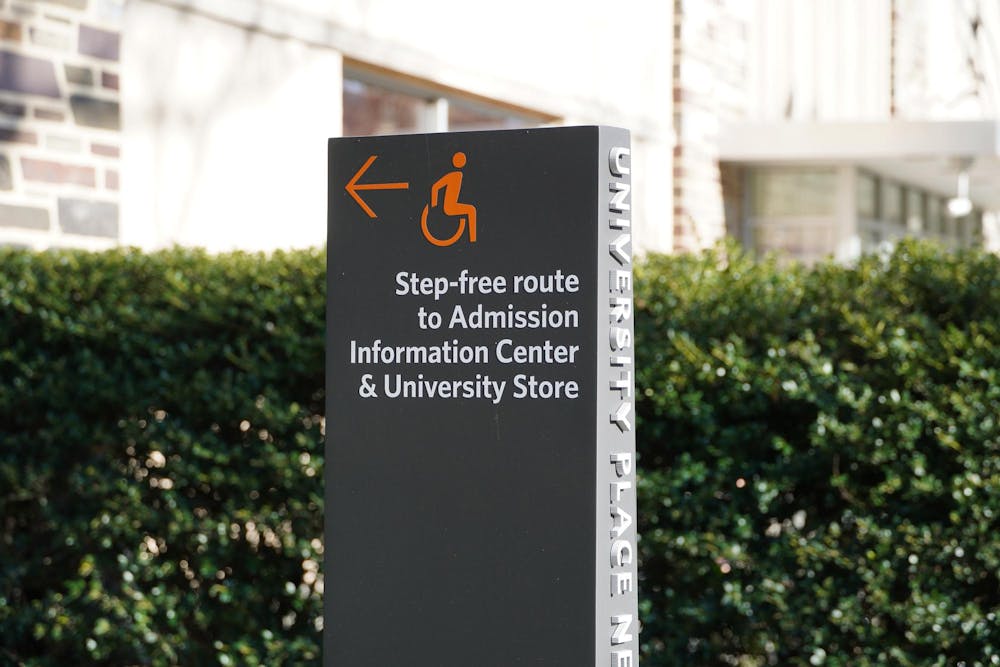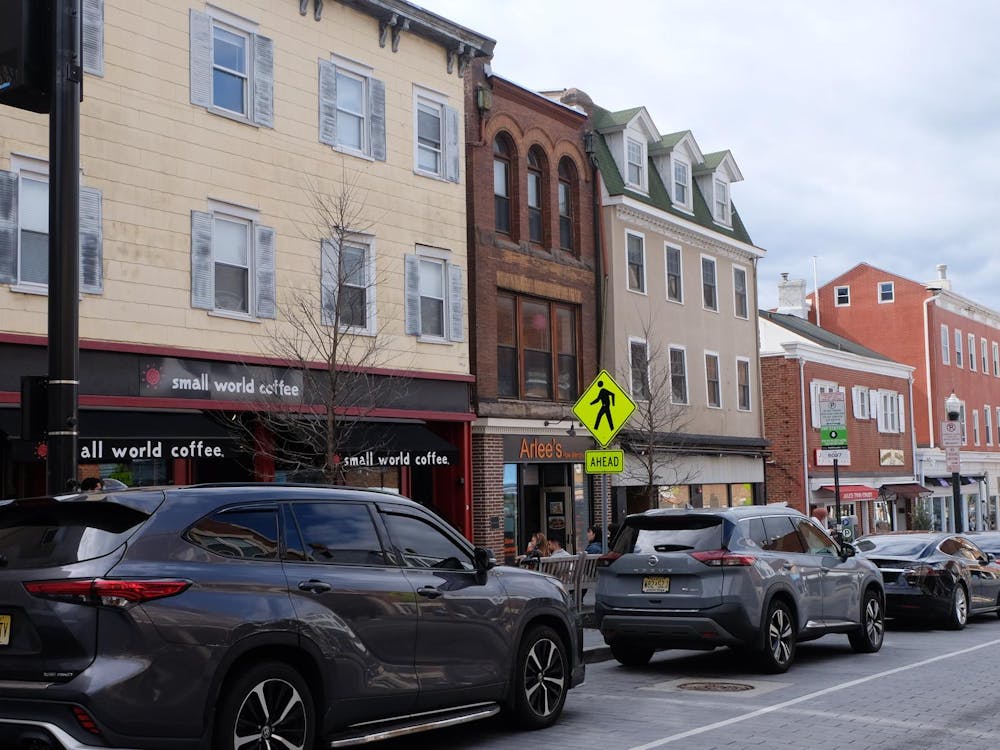On Tuesday, March 26, the University announced new enrollment goals aimed at bolstering socioeconomic diversity. Princeton will strive to enroll an undergraduate student population that is, at a minimum, 70 percent need-based financial aid eligible and 22 percent Pell Grant eligible. A committee of the Board of Trustees also recommended growing the transfer program, continuing legacy preferences in tie-breaking scenarios, and ensuring that recruited athletes are representative of the greater student body.
These goals were put forth by the board’s Ad Hoc Committee on Undergraduate Admission Policy that was formed in July 2023 in the wake of the Supreme Court decision preventing most universities from considering race, ethnicity, and national origin in the admissions process. The committee’s conclusions and recommendations were published in a report, dated March 14.
The committee found that “in the changed legal environment, the University’s greatest opportunity to attract diverse talent pertains to socioeconomic diversity.”
In November, President Christopher Eisgruber ’83 wrote a column titled “Bending the Socioeconomic Curve in Selective College Admissions,” where he discussed overcoming socioeconomic adversity as a form of merit that ought to be considered in admissions. “We train our Admission team to recognize that persevering through socioeconomic disadvantage is a direct indicator of potential success in college and beyond,” Eisgruber wrote.
Martin Flaherty ’81 is a visiting professor in the School of Public and International Affairs (SPIA), whose work focuses on constitutional law. “If — and one would assume that this is going to be the case — increasing socioeconomic diversity increases racial diversity, that is less a function of the conditions of socioeconomic diversity. What it’s a function of is that there is a correlation between race and [socioeconomic] class in the United States,” he said in an interview with The Daily Princetonian.
The committee worked with Vice President and General Counsel of the University Ramona Romero and Dean of Admission and Financial Aid Karen Richardson ’93 to ensure that the recommendations for the University’s admissions policies and practices are compliant with the Supreme Court’s ruling.
“There is no legal problem with setting a goal related to socioeconomic diversity,” Richard Kahlenberg, an American author and lawyer who specializes in educational issues, particularly affirmative action, said in an interview with the ‘Prince.’ “The Supreme Court treats decisions to classify students by race very differently than they do classifications by socioeconomic status.”
The University’s new goals for enrolling more low- and middle-income students follows a trend towards increased financial aid eligibility among undergraduate students in recent decades. Starting in Fall 2023, Princeton’s financial aid program expanded to cover all expenses to attend the University for most families making up to $100,000 annually. Sixty-seven percent of the Class of 2027 currently receives financial aid, meaning the new goals aim to raise eligibility by three percent.

Kahlenberg said that he “applaud[s] the idea that they [the University] are setting some numerical goals, not just declaring, in general, ‘we want more socioeconomic diversity.’” He commented on the three-percent increase, explaining that he considers the University’s new enrollment goal “a modest change.”
In addition to new goals for undergraduate students receiving financial aid and Pell Grants, the committee’s recommendations include growing the transfer program, which announced an expansion to 100 students in 2022 after being reinstated in 2018. This month’s report from the ad hoc committee called for the University to “continue to increase the size of the program over time” and did not provide a specific magnitude or timeline for the change.
Athletic recruitment was also highlighted in the report — the committee urged the University to continue to uphold the principle that athletic recruits should be representative of the greater undergraduate student body both academically and socioeconomically. “Their pursuits and accomplishments after graduation are impressive and generally indistinguishable from those of their non-athlete classmates,” the report noted.
The report also discussed the “limited preference” given to legacy applicants, a hotly-debated issue in the wake of the affirmative action ruling. “The legacy preference functions as a tie-breaker between equally well-qualified applicants in limited instances,” the committee found. This tie-breaking preference benefits fewer than 30 students per year on average, and approximately 70 percent of legacy applicants are denied admission each year. However, 30 percent of legacies are admitted, as opposed to the 5.7 percent acceptance rate for the Class of 2026 — the last class Princeton published admissions data for.

The committee wrote that “the pool of alumni children who apply for admission will soon be at least as diverse as the overall pool in those respects” and that, as a result, the legacy preference will benefit an “increasingly diverse population.”
Considering these factors, the committee endorsed the “continued, limited use of the tie-breaker legacy preference.”
The trustee committee’s report did not include a deadline for implementing the committee’s recommendations, nor did it suggest specific implementation strategies, but said that the University “must be relentless” in its endeavors to enroll more students from low- and middle-income backgrounds.
Thomas Catalano is an assistant News editor for the ‘Prince.’
Please send any corrections to corrections[at]dailyprincetonian.com.








